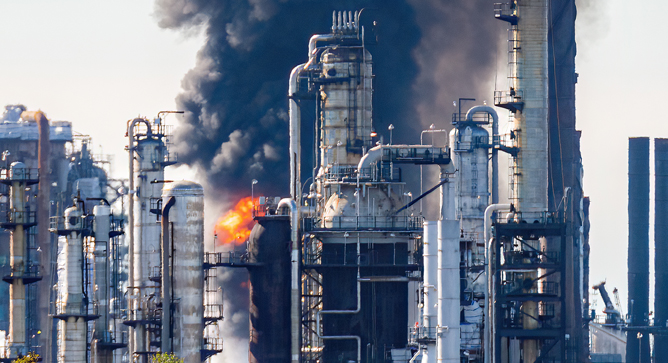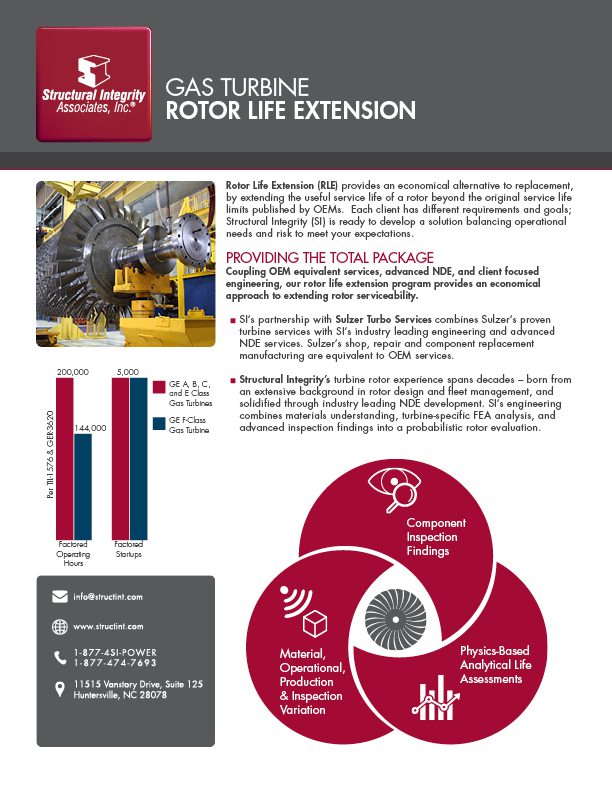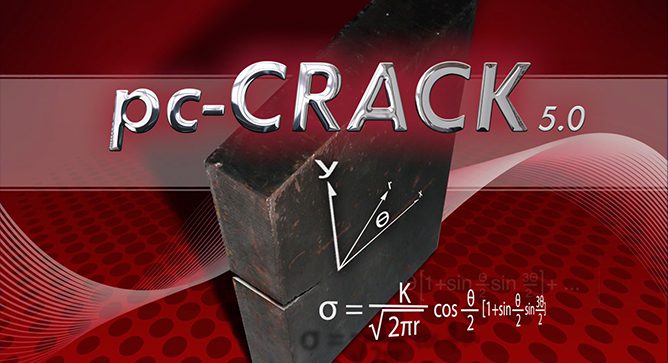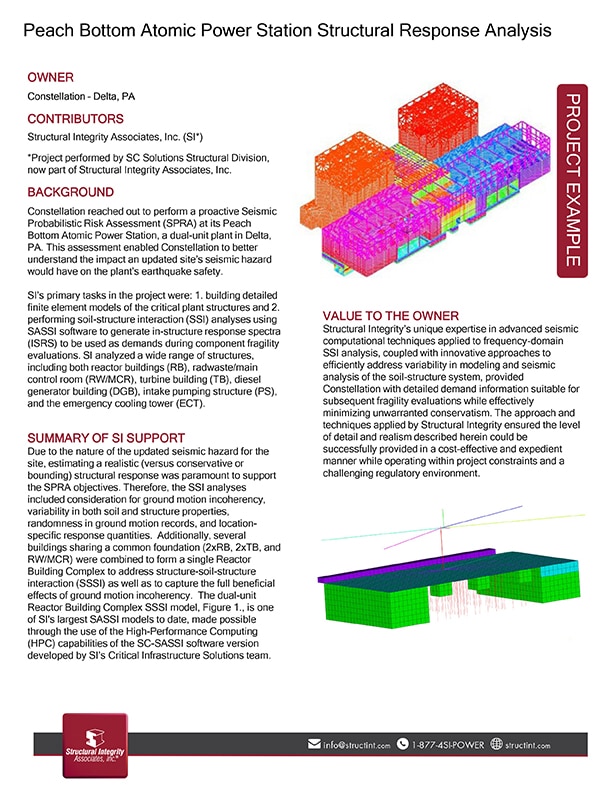By: Clark McDonald, PhD
Facilities that plan ahead for failure investigations are more likely to quickly identify the root cause of issues and implement effective corrective actions. Structural Integrity Associates (SI) can assist with pre-planning needs, and can also assist with incident investigations and failure analyses of components of interest.
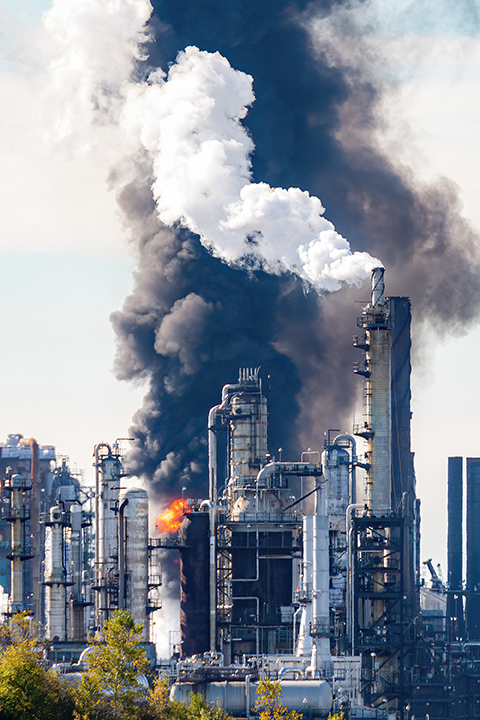
Introduction
When a catastrophic event occurs in an industrial environment, normal operations are abruptly thrown into chaos. For well-prepared facilities, the extent of chaos can be greatly controlled, or potentially eliminated. How can organizations prepare for major events of this type?
First and foremost, consideration should be given to the post-incident safety of personnel. Most facilities have well-developed evacuation plans, safety procedures, and damage mitigation procedures in place. But what happens when everything calms down? Facilities that pre-plan for the early stages of the investigation process have the best chance of learning the cause(s) of the event and are, therefore, more likely to implement appropriate changes to prevent similar events in the future.
The Calm after the Storm
After safety procedures have been implemented, and the chance for additional injury or damage has been eliminated, the investigation process can begin. Regardless of whether the investigation process is handled by internal personnel, federal or state investigators, insurance representatives, independent consultants, or some combination of the above, the preservation of information and evidence is critical. An additional consideration is the potential for legal disputes that might stem from the event, and in some instances, investigators may be working under the direction of attorneys who are trying to protect and preserve this critical evidence.
An outline describing some of the basic steps involved in the preliminary investigation process is provided in Table 1. However, the best pre-planning program involves breaking down each of the steps into more specific tasks and goals, and targeting key plant personnel, from senior management to plant workers, for education on documentation, preservation, and the need for a step-by-step approach to moving forward after the ‘storm’ has passed.
What is Most Important in the Long Run?
Balancing the pace of a post-incident investigation is one of the most difficult goals for those involved in figuring out what happened. Industrial facilities are generally in place to make a profit for their owners, and this often triggers pressure for rapid clean-up, reconstruction, and return to operation. Under such pressure, untrained employees may strive to return to operation without considering the impact of lost information or evidence. Even when the preservation of important artifacts is attempted, employees who lack proper training or input may inadvertently lose or destroy important evidence. The desire to get the unit back into operation quickly must be balanced against the need to accurately determine the cause(s) of such an event.
The good news is that it is possible to effectively collect and preserve important information and evidence while simultaneously making great strides toward a return to normal operation. If plant personnel are properly trained, and pre-planning for the days following major events is in place, appropriate investigative and documentation procedures can be implemented more efficiently, and critical information and artifacts can be preserved for the ongoing investigation. In the long run, such preparation will allow for more accurate causal analyses and may also draw attention to critical operations and associated safety functions within the facility.
External Support for Pre-Planning and Investigation
SI has experience dealing with investigating catastrophic failure events and can provide guidance or training related to preparation and pre-planning. For example, the development of site-specific recommendations and checklists may help to guide plant staff in the event that a major incident occurs. Further, high-level “awareness” training could improve plant staff readiness and increase familiarity with the site-specific plans, thereby increasing efficiency in executing appropriate actions after a major failure event.
With regard to evidence preservation, SI’s Material Science Center (MSC) has expertise in failure analysis and can provide guidance or input on properly handling remnant (broken) parts or other components of interest to protect critical evidence. More specifically, preventing further mechanical damage or corrosion of fracture surfaces ensures that the failure mode can be assessed in a laboratory environment. Where corrosion is present on failed parts, protecting the parts from contamination allows for subsequent analyses to identify corrosion mechanisms that may have been a factor in the failure event.
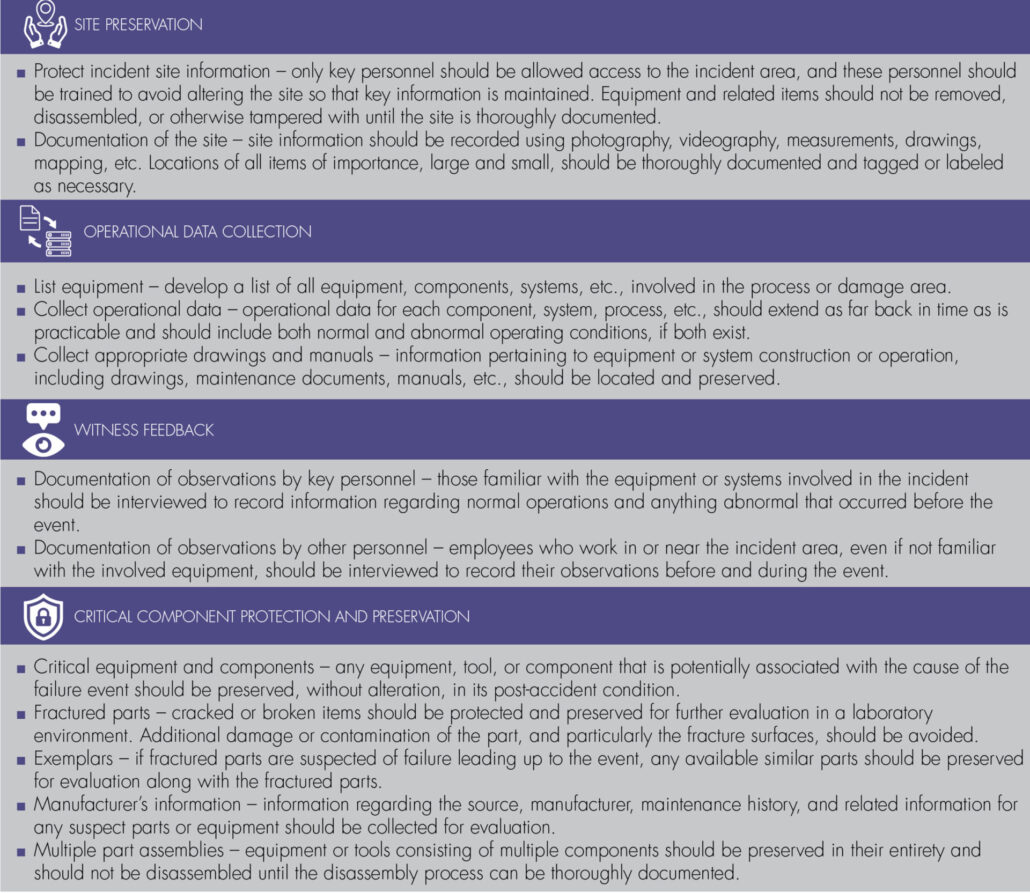
DOWNLOAD FULL ISSUE
